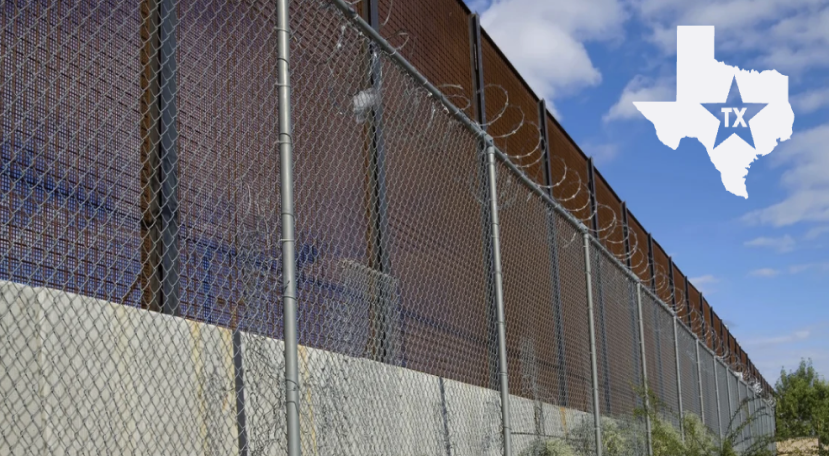As Tropical Storm Idalia gains strength and inches closer to Florida’s Gulf Coast, the state is bracing itself for the potential impact of a major hurricane. The latest forecasts from the National Hurricane Center indicate that Idalia is expected to intensify into a Category 3 hurricane with sustained winds of 120 mph and gusts reaching up to 150 mph before making landfall. Florida Governor Ron DeSantis has emphasized the seriousness of the situation, urging residents to take precautionary measures in the face of potential life-threatening storm surge and dangerous winds.
Governor’s Emergency Measures and Evacuation Orders
Governor DeSantis has expanded his executive order of a state of emergency to include a total of 46 counties, up from the initial 33. This declaration is a response to the projected severity of Idalia and its potential impact on the state. While the exact path of the storm remains uncertain, officials are not taking any chances and are actively preparing for worst-case scenarios. Evacuation orders have been issued for residents in certain vulnerable areas, including those living in mobile homes, RVs, or low-lying and flood-prone regions.
Fuel Contamination Concerns Add Complexity
Adding to the challenges posed by the approaching storm is the issue of fuel contamination along the Gulf Coast. The Florida Department of Agriculture and Consumer Services has issued a warning about potentially widespread fuel contamination caused by the accidental mixing of diesel and gasoline. Fuel purchased after 10 a.m. on Saturday at Citgo-supplied gas stations at the Port of Tampa is at risk of being contaminated. The accidental error in fuel mixing has raised concerns about vehicle damage and potential engine failure, which could leave drivers stranded, particularly in evacuation situations.
Preparing for the Storm’s Impact
As Tropical Storm Idalia draws nearer, Florida residents are taking a series of precautions to safeguard themselves and their property. Local governments have established sandbag sites, grocery stores are stocking up on essential supplies like bottled water, and school activities have been canceled. While the precise trajectory of the storm is still uncertain, officials are urging residents to be vigilant and prepared for any eventuality.
Potential for Urban and Flash Flooding
In anticipation of the storm’s heavy rainfall, authorities are warning of the potential for urban and flash flooding across various regions. While Idalia is expected to move relatively quickly over the state, the projected rainfall totals of 4-8 inches—with localized areas potentially receiving up to 12 inches—pose a significant threat. Areas along Florida’s west coast, the Florida Panhandle, southeast Georgia, and the eastern Carolinas could all experience substantial rainfall leading to flooding.
Conclusion
Tropical Storm Idalia’s approach to Florida’s Gulf Coast has prompted widespread preparations and concerns about its potential impact. With forecasts suggesting that Idalia could become a major hurricane, residents are taking heed of evacuation orders and emergency measures. The added complication of fuel contamination has intensified the need for preparedness, as officials work to mitigate the risks associated with engine damage and potential vehicle breakdowns. As the storm’s path continues to evolve, staying informed and following official guidelines is crucial for residents’ safety and well-being.



